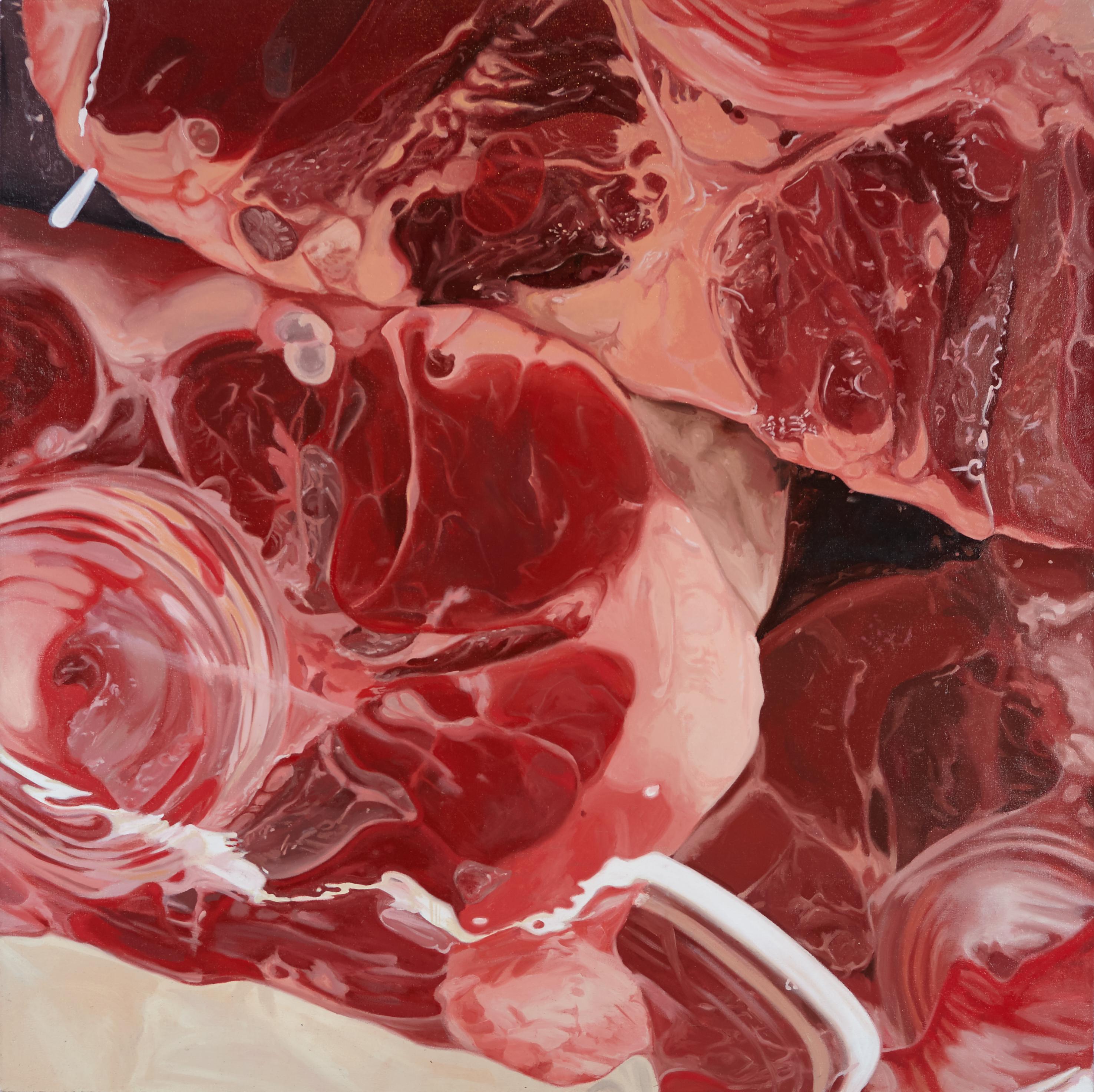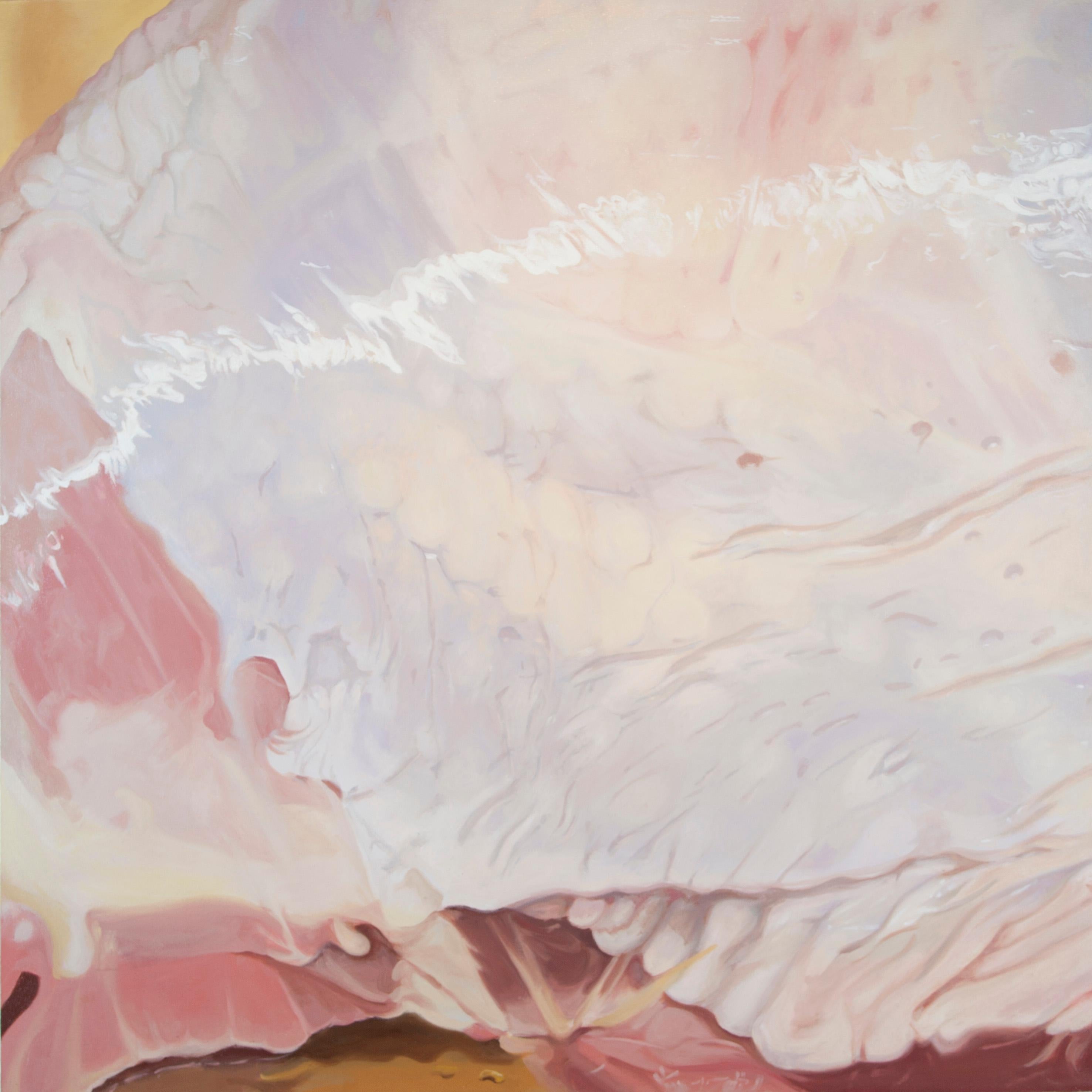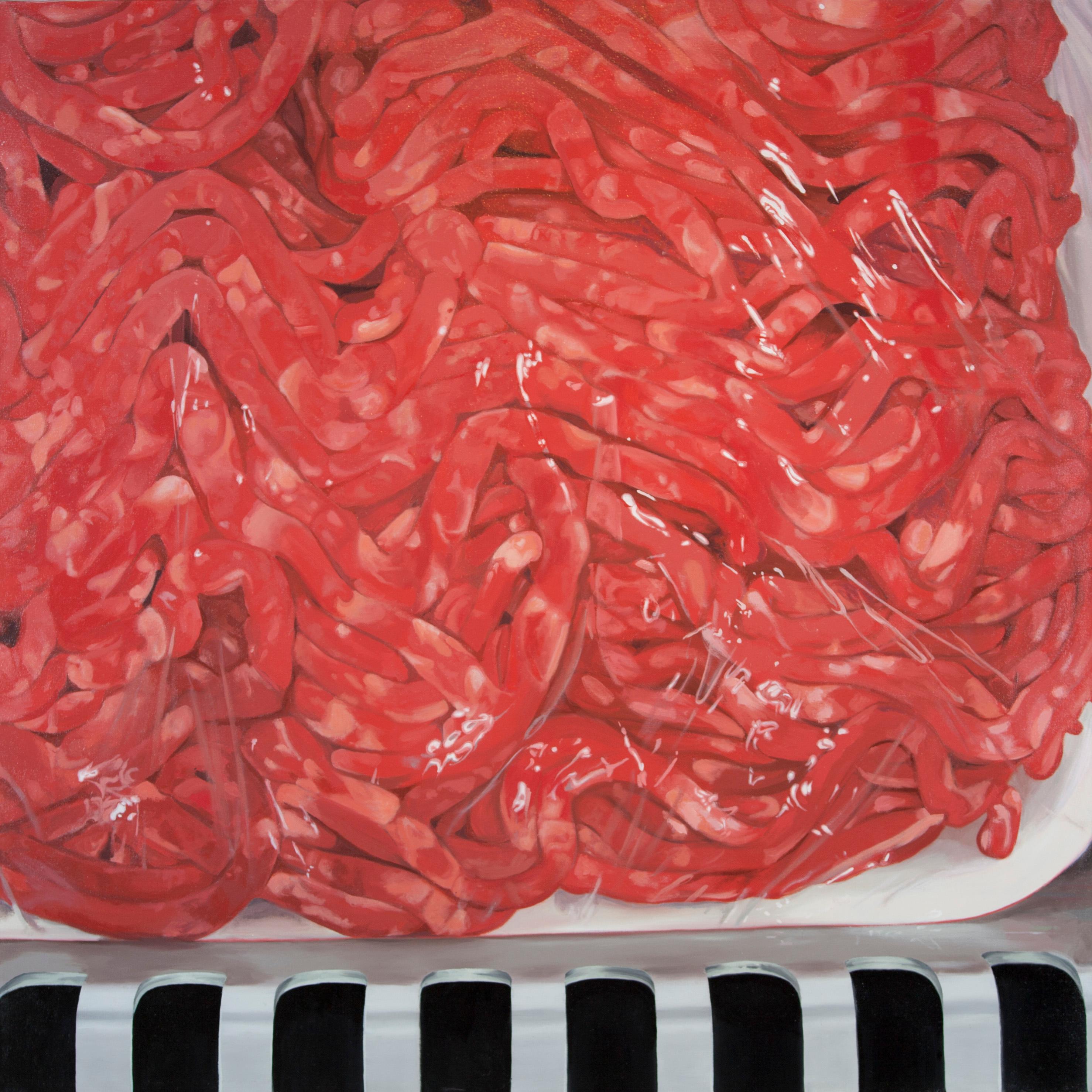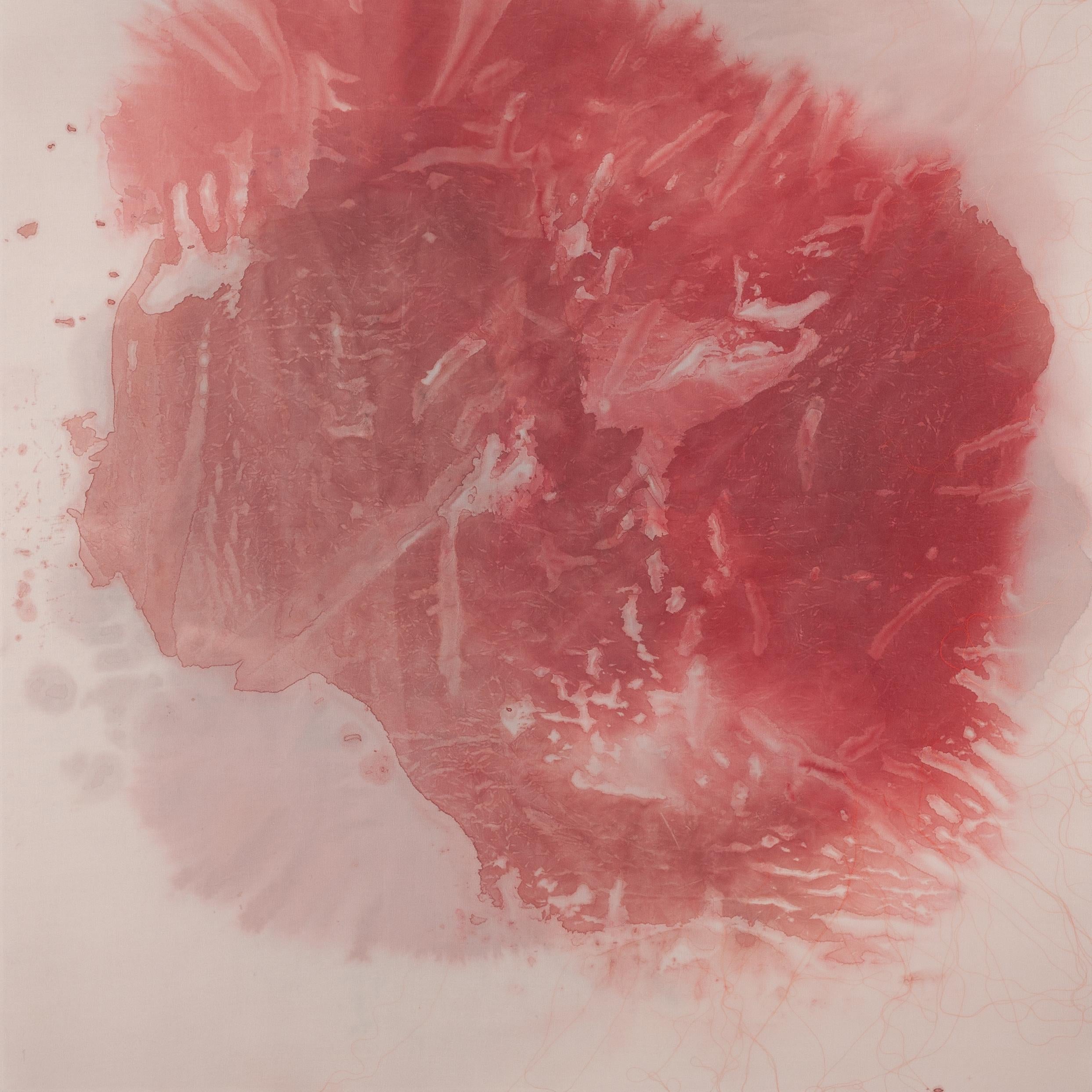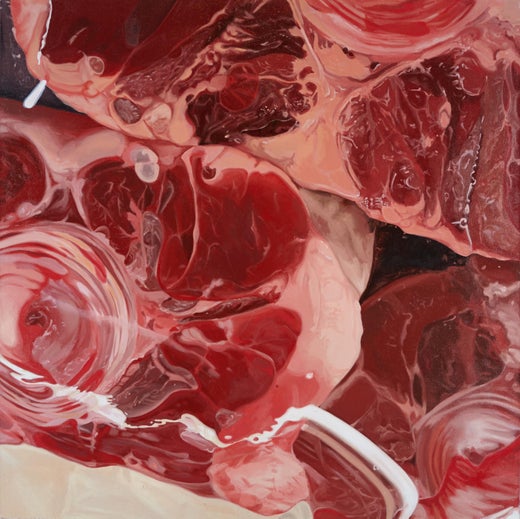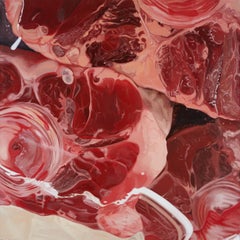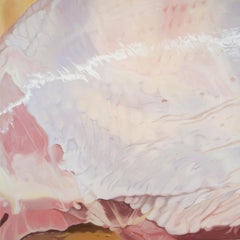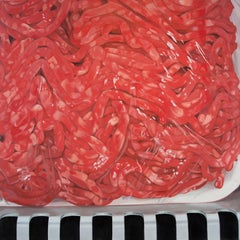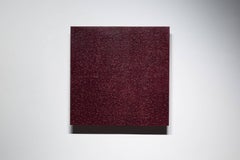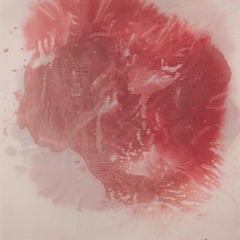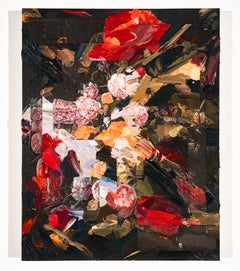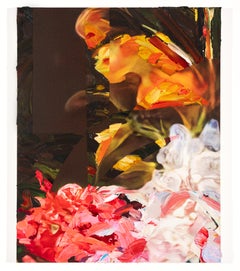Bevan RamsayMeat #12012
2012
About the Item
- Creator:Bevan Ramsay (1977, Canadian)
- Creation Year:2012
- Dimensions:Height: 48 in (121.92 cm)Width: 48 in (121.92 cm)
- Medium:
- Movement & Style:
- Period:
- Condition:
- Gallery Location:Montreal, CA
- Reference Number:1stDibs: LU4764855211
Bevan Ramsay
Bevan Ramsay is a Canadian contemporary artist and sculptor, born in 1977. He completed his first post-graduate degree in Fine Arts, in 1994 and trained as a cabinet-maker and completed an apprenticeship in antique restoration. His artistic practice focuses on the dialogue between expectation and frustration, in which there can be no clear resolution. By exploring contradictory perspectives of a subject, his sculptures and installations do not seek unity, but rather admit paradox as a basic feature of human experience. He is a native of Montréal and is currently based in Norfolk, Connecticut.
- ShippingRetrieving quote...Shipping from: Montreal, Canada
- Return Policy
More From This Seller
View All2010s Contemporary Still-life Paintings
Canvas, Oil
2010s Contemporary Still-life Paintings
Canvas, Oil
2010s Contemporary Still-life Paintings
Canvas, Oil
2010s Abstract Abstract Paintings
Oil, Wood Panel
21st Century and Contemporary Contemporary Abstract Paintings
Canvas, Oil
2010s Abstract Abstract Paintings
Oil, Wood Panel
You May Also Like
21st Century and Contemporary Abstract Abstract Paintings
Cotton, Charcoal, Acrylic
21st Century and Contemporary Contemporary Still-life Paintings
Canvas, Oil, Inkjet
21st Century and Contemporary Contemporary Still-life Paintings
Canvas, Oil, Inkjet
21st Century and Contemporary Contemporary Still-life Paintings
Canvas, Oil, Inkjet
21st Century and Contemporary Realist Still-life Paintings
Oil, Panel
21st Century and Contemporary Contemporary Still-life Paintings
Canvas, Oil, Inkjet
